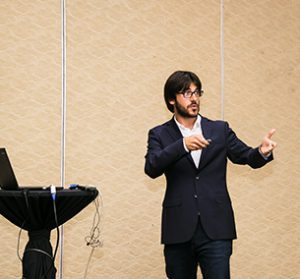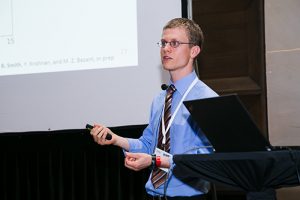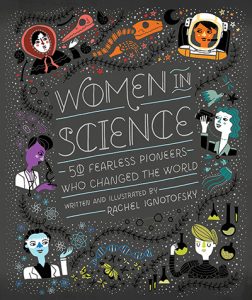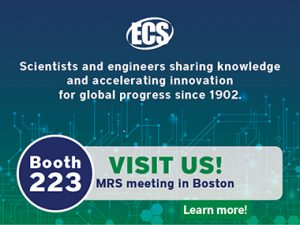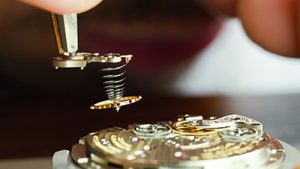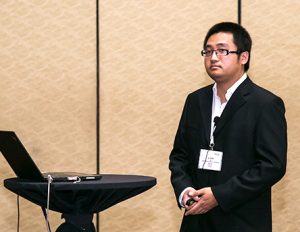
Haodong Liu, recipient of the Battery Division Postdoctoral Associate Research Award Sponsored by MTI Corporation and the Jiang Family Foundation
Haodong Liu, a postdoc research fellow at UC San Diego, is the award winner of the Battery Division Postdoctoral Associate Research Award Sponsored by MTI Corporation and the Jiang Family Foundation for his work on “Stable Li Metal Anode through Designed Solution Chemistry and Electrode Architecture.” Liu was presented with the award at AiMES 2018 in Cancun, Mexico.
Liu says being recognized for his work has been an exciting experience, bringing recognition to his name and research within the battery field. However, it has also meant something more to him in particular.
“Since my citizenship is in China, and a lot of the scholarships here are only for the US citizens, this is a good chance for international postdocs to get awards and be recognized,” explains Liu. “ECS only cares about the quality of the work you’re doing instead of what’s your citizenship status. That’s why I really appreciate ECS.” (more…)


